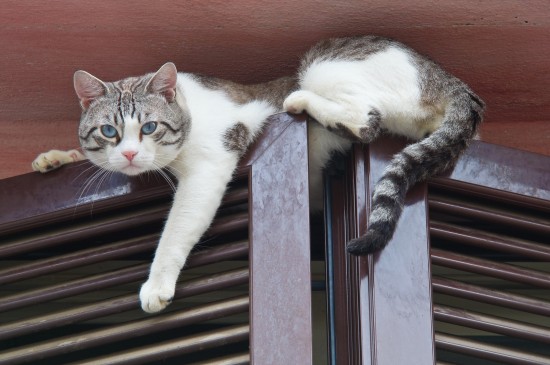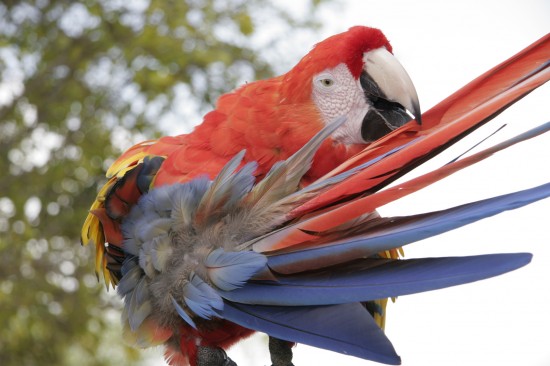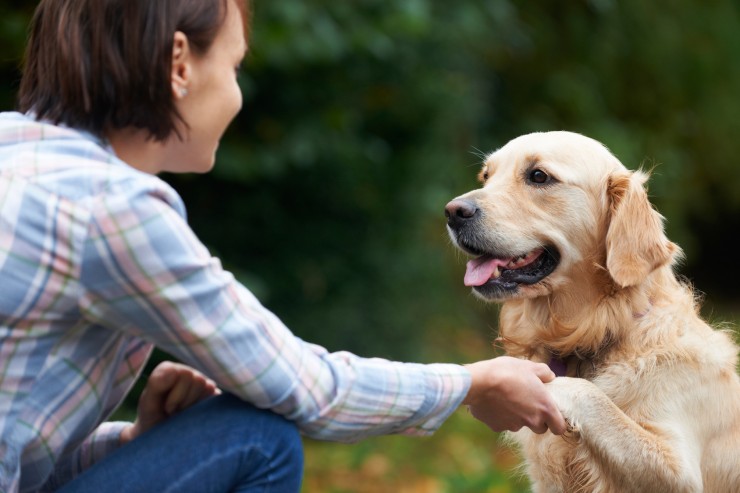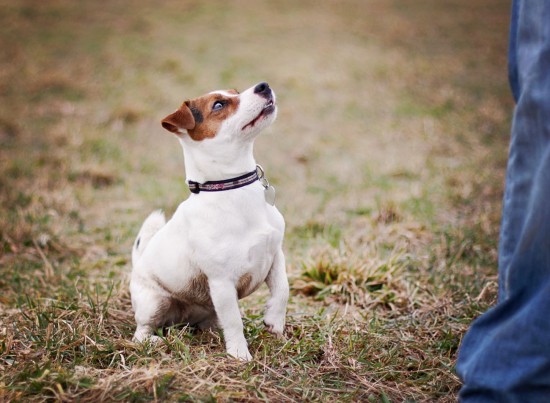
Beautiful creatures as they seem, a pet cat will need to be trained in how to use a litter box. You will no doubt have heard that dogs are more difficult to toilet train, but that doesn't detract from the fact that our feline pets also need to be introduced into the art of the litter tray. Sometimes accidents will be inevitable, so it's particularly important to know how to clean up cat pee - more on this later. Patience in abundance is a key ingredient in training cats. Start the process with the cat at a very early age - the sooner the better within reason. This encourages good habits with using the litter box; in much the same way humans tend to quite like the option to use a toilet! It may be obvious to say, but is worth pointing out, it is easier to train kittens than older cats. When allowing your new pet into the home, here are some guidance notes for a feline friend to be a top class poop tray master:
Find your cat a litter tray that suits it. Introducing a cat to litter means that they must be able to easily access the box and be able to quickly and simply get into and out of it. Be sure that the litter box can be easily accessed by the cat will play a considerable part in your cat's obedience training too. Cats will be put off use of the dirt tray if it can find it awkward or even uncomfortable sit in. Also, make sure the box is clean and presentable so the cat is tempted to jump in and explore. Cats do have a strong sense of smell, so they can easily sense the slightest hint of odours. Keeping the litter box tidy with soapy water or products with natural scents and clean water is the name of the game. When emptying out the litter, try not to use scented soap. That said, cleaning the litter box regularly to free it of any unwanted odours with soapy water is critical. When in the first stages of cat litter training (maybe up to a month), you will undoubtedly be the one to repeatedly place the cat inside the litter box, and your timing will be tested to avoid carpet cleaning!
Send your pet to the tray immediately following feeding so it will begin to associate the habit of relieving itself in the right place. Associating your cat with the tray during its free time is also a great idea. This technique will need to be repeated for at least a couple of weeks, perhaps a month. With every good result in using the tray, congratulate the cat by making a fuss and rewarding with a treat. This can also encourage the association of the sense of being praised with good toilet habits. Very soon you will see the cat using the litter without reminders. This is the signal that your work is done.
For those accidents when the cat pees on the floor, try to act quickly. Depending on the flooring, you'll have to mop up the liquid fast to avoid longer term smells.
Wooden flooring is the simpler of the flooring possibilities, as the pee will remain (short term!) on the surface. However, don't allow this to trick you into delay, as it will soon soak into the laminate, and unsurprisingly that's a much tougher issue to solve. Find a soft cloth and remove the urine from the surface. Next use warm soapy water or weak detergent to disinfect the immediate and surrounding area and dry the patch with paper towels or a cloth. You may then wish to use your usual floor cleaning product to complete the clean up, this should kill any remaining bacteria or smells that are left.
Carpets are a slightly different task, as pee will be quickly soaked into the weave and possibly underlay in your carpet. Therefore, the removal process should happen wherever possible before the cat's pee dries. If you notice too late, all is not lost. You can add clean warm water to the pee so that the job is easier. Off the shelf cleaning solutions are available to treat the damp area, but if you do not have one to hand you can use a fast alternative. Vinegar solutions (well diluted) are commonly recommended by people on the internet, and are used on other areas to combat odours - that could get you enough time to obtain some more specialised products specifically formulated for cat pee.
 The Secrets Behind A Cats Agility!
The Secrets Behin
The Secrets Behind A Cats Agility!
The Secrets Behin
 Bird Moulting - When And Why Do Birds Moult
Bird Moulting - W
Bird Moulting - When And Why Do Birds Moult
Bird Moulting - W
 A Great New Years Resolution - Get Healthier With Your Dog
A Great New Years
A Great New Years Resolution - Get Healthier With Your Dog
A Great New Years
 Probiotics For Dogs
Probiotics For Do
Probiotics For Dogs
Probiotics For Do
 Perfect Pedigree Thailand - Your source for Purebred & Pedigreed puppies
Perfect Pedigree Thailand - Your source for Purebred &
Perfect Pedigree Thailand - Your source for Purebred & Pedigreed puppies
Perfect Pedigree Thailand - Your source for Purebred &
Copyright © 2005-2016 Pet Information All Rights Reserved
Contact us: www162date@outlook.com